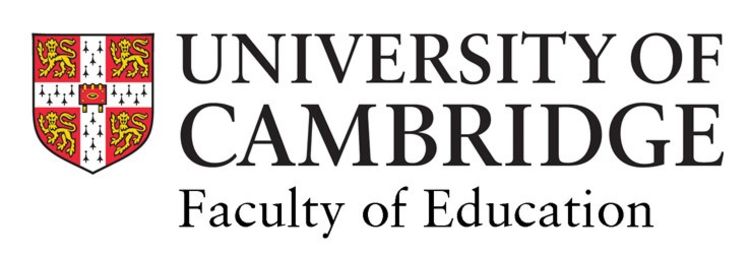

Graphic equalisers
Cambridge conference aims to widen the reach of comics from the Global South
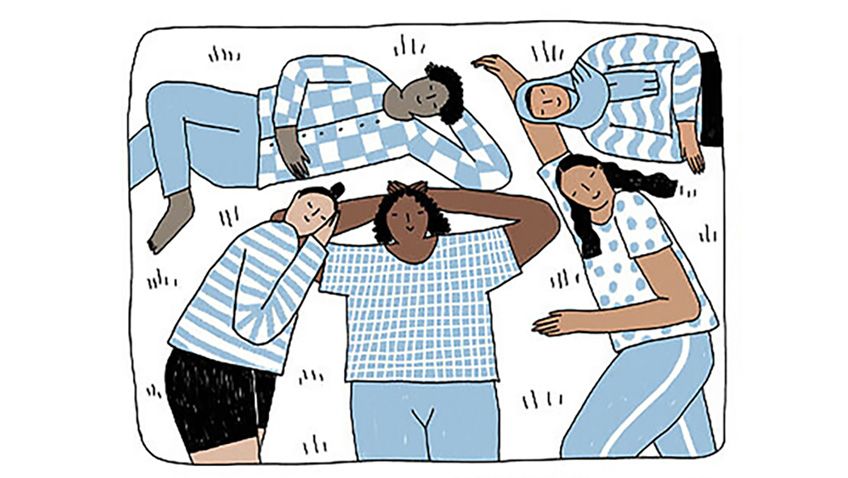
Much connects the under-exposed art of brilliant comics artists and graphic novelists across the Global South. An event at the University of Cambridge this week aims to show why this work deserves more attention, and to build networks between diverse artists and the scholars who study their work.
A masked, caped crusader with super-hearing, Qahera springs into action whenever her fellow citizens come under threat. “How did you do that?” asks one stunned woman after Qahera has successfully chased off some would-be assailants. “I’m a superhero,” she replies casually, “it sort of comes with the territory”.
Batman or Spiderman this isn’t, however, and the setting is hardly Gotham City or New York. Instead, Qahera is a hijab-wearing Muslim, and her webcomic adventures involve fighting the everyday misogyny experienced by Egyptian women.
She is the creation of Deena Mohamed, a Cairo-based illustrator who is one of the better-known exemplars of highly creative, but often under-exposed, comics artists working outside North America and Europe. Their work, which often has a distinctive, homemade, counter-cultural feel, is poles apart from that of giant media companies like Marvel and DC. Few of these artists earn much from what they do, and readers are unlikely to find their work in the graphic novels sections of western bookshops.
This week, however, academics will be explaining why this art deserves far more attention than it gets. At the University of Cambridge, researchers from all over the world – in particular the ‘Global South’ of Africa, Asia, Latin America and Oceania – will be sharing ideas and examples of storytelling through visual arts at a conference on ‘Comics and the Global South’.
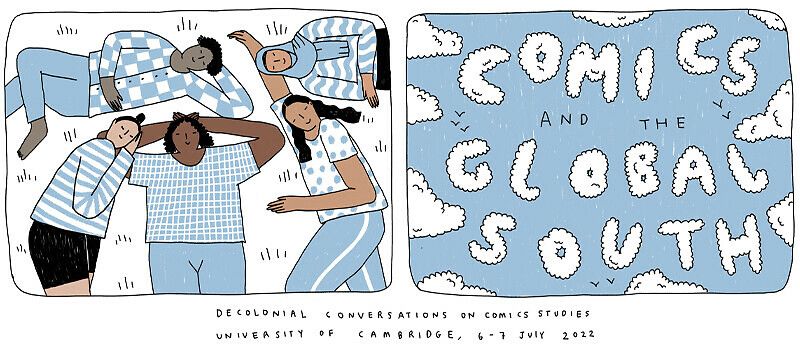
The conference also involves a pop-up digital exhibition, which will showcase comics from countries such as Ecuador, Chile, India, Nigeria and the Philippines. It is being organised by the University’s Centre for Research in the Arts, Social Sciences and Humanities and hosted by its Faculty of Education.
Although they come from diverse places, many of these comics are concerned with social justice issues, addressing these in terms rarely encountered in western media. Andrea Aramburú Villavisencio, from Cambridge’s Centre of Latin American Studies and one of the conference conveners, grew up in Peru. She sees connections between comics from that region and the work of artists like Deena Mohamed.
“Obviously Peru and Egypt are very different places, but these artists share an interest in local imaginaries,” Aramburú Villavisencio said. “They often engage with political themes through the everyday, using stories about friendships, families and working lives. Starting an international discussion about what they are doing, and how, draws out these connections. Our hope is this might provide a basis for reorienting people’s sense of what comics are, and their place in our lives.”
"Comics are seen as low-brow... In fact, they have a history as an artform of immigrants, children, the working classes – of people we generally hear from less."
Cynics might wonder why comics are worthy of academic study at all. Joe Sutliff Sanders, Associate Professor at the Faculty of Education, who studies children’s literature, points out their unique cultural importance.
“One thing I like about this conference is it feels very un-Cambridge, because comics are seen as low-brow,” he said. “In fact, they have a history as an artform of immigrants, children, the working classes – of people we generally hear from less.”
“The comics of the Global South are especially important because they tell us about people who are often denied an equal voice by western publishers and academics. For example, there are comics which tell us about refugee crises in ways we could never imagine, because they are actually made by refugees. We live in a world that is becoming more tightly interconnected, and we need to be able to understand each other. Comics enable that mutual understanding in a pretty unique way.”
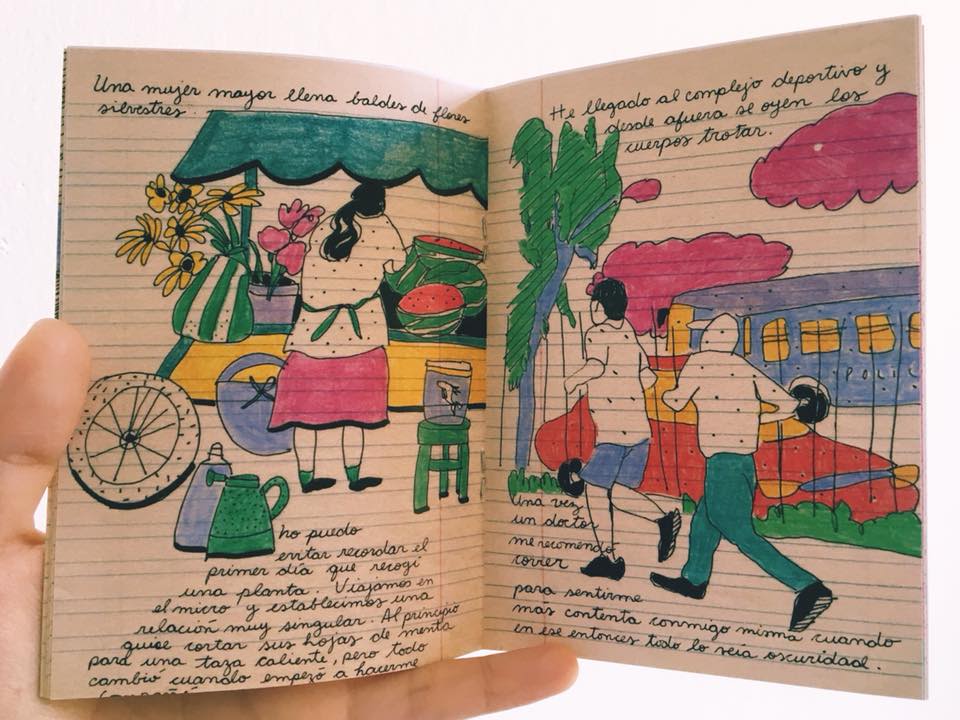
According to Aramburú Villavisencio, the fact that comics artists in the Global South are so rarely supported by big publishers, instead operating independently and distributing their work through platforms like Instagram, explains why they often have something distinctive to say.
Examples being discussed at the conference include Papa Mfumu’Eto – a Congolese artist who describes his self-produced comics as ‘reportage’; Malik Sajad whose graphic novel Munnu – a Boy from Kashmir, explores the region’s troubled history; and work by Somali refugees in the Dadaab community in Kenya.
Aramburú Villavisencio herself is particularly interested in an upsurge of home-made art from Latin America that deals with the experiences of marginalised people in more subtle ways. One example is Ana Paula Machuca, a Peruvian artist whose Un Día is a beautiful, hand-crafted comic drawn on a notepad, depicting everyday life in the city of Trujillo. Despite its apparent innocence, Aramburú Villavisencio calls it “a love letter” to parts of that city more casual passers-by might overlook: especially its strong, hard-working women.
“There are some well-established political comics from earlier generations but material like Ana Paula’s is becoming more common,” Aramburú Villavisencio said. “It feels rougher and looser, but it’s incredibly accomplished and very personal. In countries like the UK and US you might sometimes hear about problems in Latin America, but these comics let you see life through the eyes of ordinary people.”
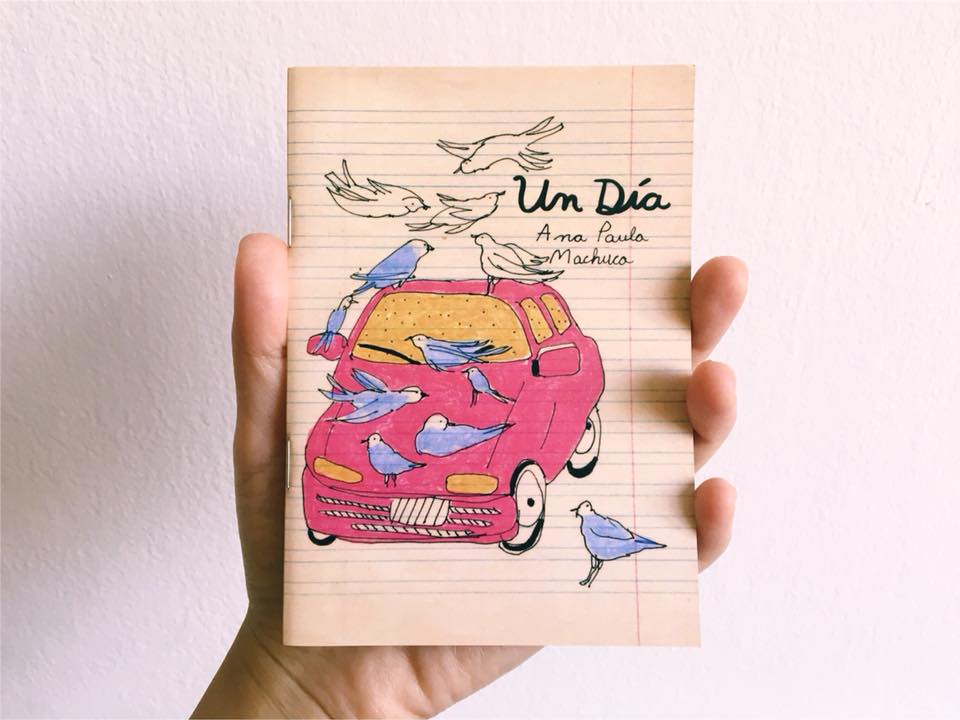
Cover of Un Día, by Ana Paula Machuca
Cover of Un Día, by Ana Paula Machuca
Many female artists in the Global South have used comics to draw attention to the harassment, injustice and marginalisation women often experience. Such themes link, for example, Deena Mohamed’s “badass Muslim superhero” Qahera, with that of the Instagram-based collective, Chicks on Comics. Its best-known member is probably Powerpaola, a Colombian-Ecuadorian cartoonist whose graphic novel Virus Tropical, about life as a young woman in Colombia in the 1980s and 90s, won widespread critical acclaim and was made into an award-winning animation.
Trailer for the animated version of Virus Tropical
Aramburú Villavisencio and Sanders are both keen to make sure that the conference promotes exchanges between scholars and creators specifically from the Global South.
“It’s important this doesn’t become a bunch of Europeans discussing stuff they found on the other side of the world” Sanders said. “What we want is to provide opportunities for people from those places to meet and share ideas they have in common. If we can do that, we will find that we are also creating a space where the rest of us can discover and understand more about this incredible art on its own terms.”
Comics and the Global South runs from 6-7 July at the Faculty of Education, University of Cambridge.
Images in this story:
Artwork produced for the conference by Peruvian illustrator Daniela Larrabure. Reproduced by permission of the artist.
Detail from Un Día, by Ana Paula Machuca. Reproduced by permission of the artist. Follow Ana Paula on Instagram.